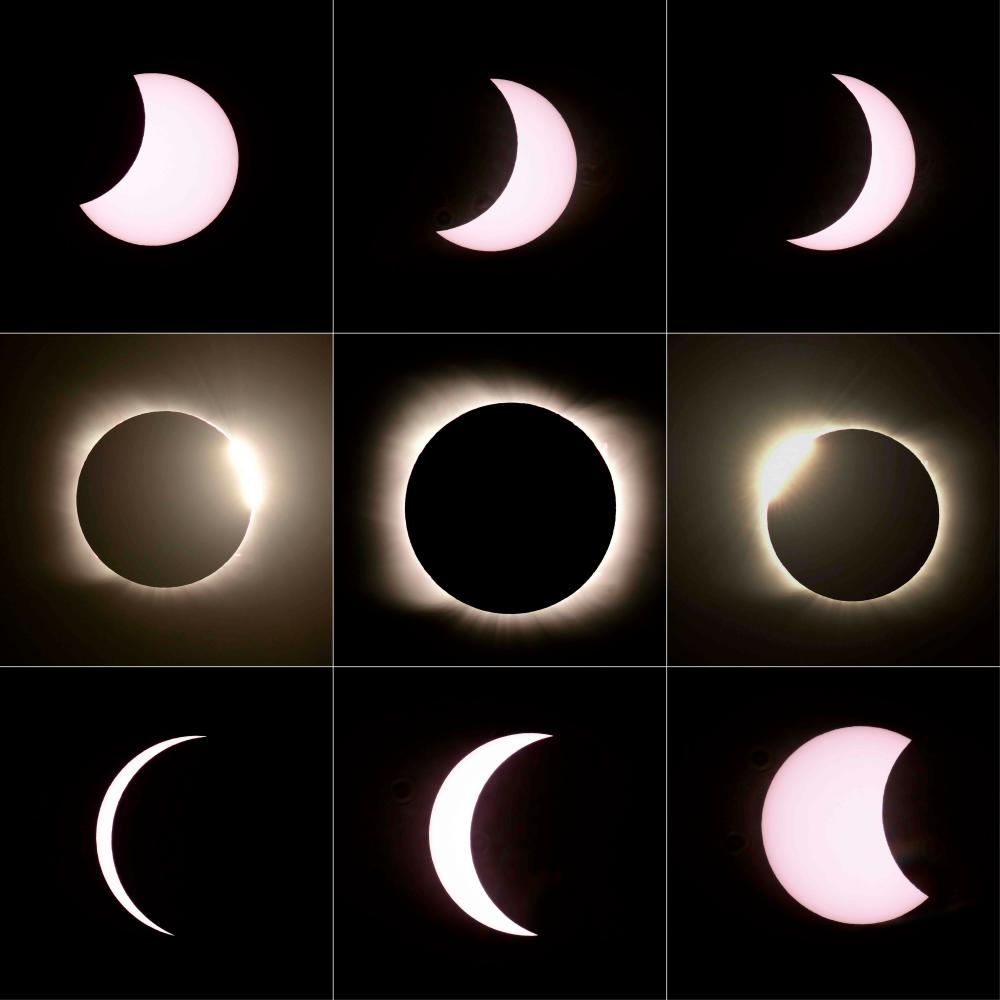THOSE who are not able to watch the solar eclipse can now catch the phenomenon online thanks to the National Space Agency’s (Nasa) live stream from different cities in the United States, as well as from various platforms online.
The space agency will start their live stream online and on NASA TV starting from 1pm Eastern Daylight Time (EDT) (1am Malaysian time) from cities along the totality path, according to a report by Associated Press (AP).
Viewers will be able to witness the solar eclipse on Monday (April 8) through a telescopic view by Nasa together with scientists and space station astronauts featured in the live stream.
During the eclipse, small rockets will take off from Wallops Island in Virginia “with science instruments into the electrically charged portion of the atmosphere near the edge of space known as the ionosphere”, as quoted from the report.
ALSO READ: Western Hemisphere readies for a ‘Ring of Fire’ eclipse
AP will also be covering the phenomenon live at 10am EDT (10pm Malaysian time) from Mazatlán, Mexico and various locations with commentary on the historic event from 1.30pm to 3.30pm EDT (1.30am to 3.30am Malaysian time), interviewing organisers, scientists and live views from along the path.
The Exploratorium museum will also take part during the event by featuring live telescope images of the solar eclipse from the path in Junction, Texas, and Torreón, Mexico.
Meanwhile, high altitude balloons will be launched by researchers and students from the University of Maine in their experiment recorded live from the stratosphere and website Time and Date will show the eclipse through different telescope feeds.
Space exploration platform Slooh will broadcast the eclipse from Texas and will provide a network of partnering telescopes along the eclipse path.
ALSO READ: Malaysia to experience partial solar eclipse on April 20
Nasa’s official website said the solar eclipse this year will cross North America, through Mexoco, US and Canada, beginning over the South Pacific Ocean.
“Weather permitting, the first location in continental North America that will experience totality is Mexico’s Pacific coast at around 11:07am PDT (Pacific Daylight Time),” the website read.
READ MORE:
Last ‘Super Blue Moon’ until 2037 rises tonight
NASA to unveil new Webb image on telescope’s first anniversary










